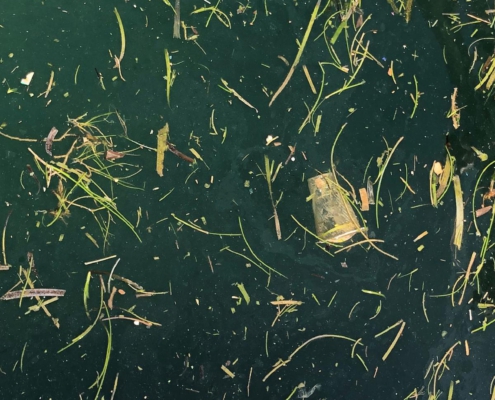 The Sea Cleaners
https://eyes-on-plastic.com/wp-content/uploads/IMG-20230320-WA0052.jpg
1600
1200
eomap
http://eyes-on-plastic.com/wp-content/uploads/2021-03-04_eyes-on-plastic_Logo_weiss.png
eomap2023-06-05 13:13:562023-06-05 13:25:23Bali, Indonesia
The Sea Cleaners
https://eyes-on-plastic.com/wp-content/uploads/IMG-20230320-WA0052.jpg
1600
1200
eomap
http://eyes-on-plastic.com/wp-content/uploads/2021-03-04_eyes-on-plastic_Logo_weiss.png
eomap2023-06-05 13:13:562023-06-05 13:25:23Bali, IndonesiaMonitoring
hot spots
Plastic in coastal and river environments negatively impacts eco-systems and economy. In addition, it is a threat to human health. Therefore, the UN Sustainability Goal (SDG) 14 “Life below Water” aims at reducing marine pollution of all kinds.
Solutions are needed for empowering decision makers and the public to increase knowledge and adjust management. Above all, this calls for reliable data to understand the past, the status quo and to monitor the impact of policies over time.
The Eyes On Plastic App is such a solution.
Based on Earth Observation (EO) technologies, we continuously observe coasts and rivers in a multi-source approach – from satellite to on-site cameras. Designed as an intuitive WebApp, it provides real-time information on marine pollution.
Eyes on Plastic will support governmental stakeholders in effective and data-based decision making on aquatic plastic. By this, EOMAP and its partners wish to contribute to SDG 14.
Why is plastic in water a problem?
Aqatic plastic waste has many faces. Bigger parts swallowed by marine animals can be lethal. In addition, debris changes over time. Broken down into micro-fragments by weathering and biofouling, particles smaller than five millimetres can enter the global food chain – another threat to animal life and human health.
26 000 000
tons
Almost 26 million tonnes of plastic waste are generated – only in Europe – every year. It poses threats on aquatic life, ecosystems, and human health due to contamination of food and drinking water.
80%
of marine litter
Around 80% of waste in our oceans is plastic. This is a threat to both marine life and human health.
1000+
Rivers
According to a study more than 1000 rivers account for nearly 80% of global riverine plastic emissions into the oceans.
17
tons
According to the Sea Cleaners, 17 tons of plastic waste are dumped into the oceans every minute.





 Geoawesomeness
Geoawesomeness EU Space Week
EU Space Week